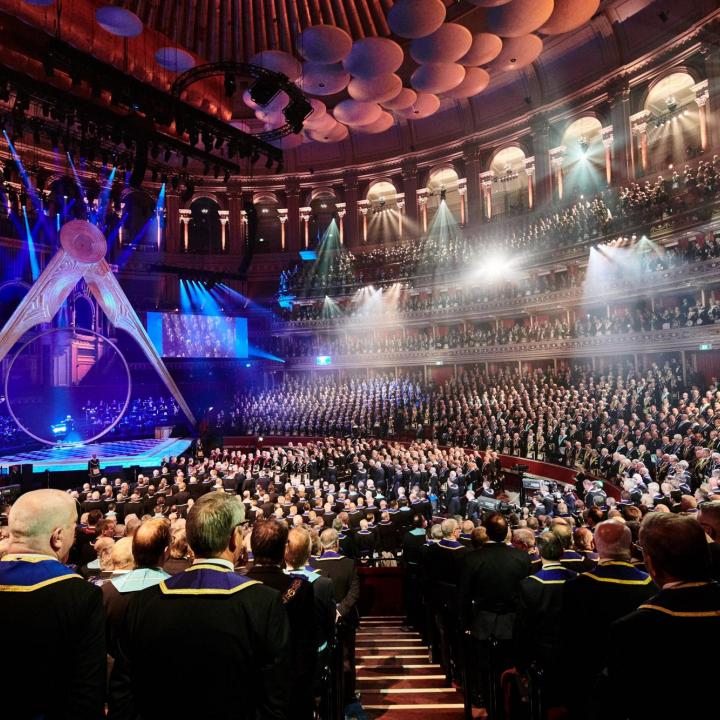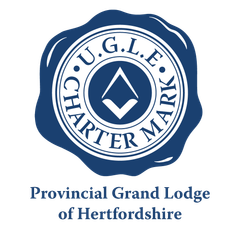What is Freemasonry?
Freemasonry, or Masonry, refers to fraternal organisations that trace their origins to the local guilds of stonemasons that, from the end of the 13th century, regulated the qualifications of stonemasons and their interaction with authorities and clients.
The degrees of Freemasonry retain the three grades of medieval craft guilds, those of Entered Apprentice, Fellowcraft and a Master Mason.
The candidate of these three degrees is progressively taught the meanings of the symbols of Freemasonry and entrusted with grips, signs, and words.
These degrees form Craft Freemasonry, and members of any of these degrees are known as Freemasons. There are additional degrees, such as Royal Arch, Mark Masons and Knights Templar.
The history of Freemasonry
The questions of when, how, why and where Freemasonry originated are still the subject of intense speculation. The widely accepted view from many Masonic scholars is that Freemasonry originates from the medieval stonemasons that built many of our castles and cathedrals.
The origins of Freemasonry are unclear, although early Freemasons were influenced by the legends, imagery and customs of medieval stonemasons.
On 24 June, 1717, four London Lodges, which had existed for some time, came together at the Goose and Gridiron Tavern in St Paul’s Churchyard, declared themselves a Grand Lodge and elected Anthony Sayer as their first Grand Master.
The two Grand Lodges of England united on 27 December 1813 to form the United Grand Lodge of England.

Operating under the core values of Brotherly Love, Relief and Truth – now expressed in the guiding principles of Integrity, Respect, Friendship and Charity – English Freemasonry attracted people from all walks of life and spread around the globe. In the times before a welfare state, it created charities to look after the wellbeing of members and their families, but over time it has evolved into a major supporter of charities and causes beyond Freemasonry throughout local communities across the country.
English Freemasonry’s home has been in Great Queen Street, London, since 1775. United Grand Lodge of England’s headquarters - Freemasons’ Hall, originally called the Masonic Peace Memorial, – were built between 1927 and 1933, as a memorial to the thousands of Freemasons who lost their lives in the First World War.
HRH The Duke of Kent is the Grand Master coming from a long line of Royal Grand Masters including his father George, King Edward VII, the Duke of Sussex and King George IV. Prince Philip, the husband of the late Queen Elizabeth II, was a member of Admiralty Lodge.
The 300th anniversary of Grand Lodge was in 2017.

